Last Updated on November 29, 2022 by PixelPluck
Point and shoot cameras have been completely replaced by smartphones. The flagship smartphone camera is as good as the point and shoot cameras were 10 years ago. Similarly, mirrorless cameras have gradually entered the professional category. The mirrorless cameras will ultimately replace the bulky DSLR cameras. It is only a matter of time as size matters in Photography. The smaller it gets, the better it is. But how far have the Mirrorless come? Can a professional photographer dump DSLR and go full mirrorless? The answer is -Yes. In this article, you will understand the basics of Mirrorless vs DSLR – Everything you need to know.
History of Mirrorless
Mirrorless cameras existed back in the analog days in a rangefinder design made famous by the legendary Leica cameras. Digital mirrorless models emerged in 2008 when Panasonic and Olympus allied a new Micro Four Thirds sensor format that allowed for near-DSLR image quality in smaller camera bodies. It attached multiple lenses in the same way as a DSLR camera.
Drawbacks of a DSLR camera
Modern DSLR cameras by design have some inherent flaws and limitations in them. This may be because SLR cameras were initially developed for film. When digital evolved, it was treated just like film and was housed in the same mechanical body. Aside from the circuitry required for a digital sensor and other electronics, new digital film media, and the back LCD, the rest of the SLR components did not change. Same mechanical mirror, same pentaprism or optical viewfinder, and the same phase-detection system for autofocus operation. Their savings in bulk and weight are possible because these cameras get rid of the optical viewfinders found in DSLRs (higher-end models replace them with electronic ones) eliminating the need for a flip-up mirror as well as the viewfinder housing that gives DSLRs their distinctive hump above the lens mount.
While new technological advances eventually led to extending of features of these cameras (In-camera editing, HDR, GPS, WiFi, etc), DSLRs continued to stay bulky for a couple of reasons. First, the mirror inside DSLR cameras had to be the same in size as the digital sensor, taking up plenty of space. Second, the pentaprism that converts vertical rays to horizontal in the viewfinder also had to match the size of the mirror, making the top portion of DSLRs bulky.
DSLR Camera Limitations
All DSLRs are dependent on a mirror for “through the lens (TTL)” viewing, so they have the following limitations:
Size and Bulk
The Reflex system needs space for both the mirror and the prism. This leads to a wider body and protruded top. Large size and bulk translate to added weight. While the entry-level DSLRs have a plastic body, the professional DSLRs have an alloy metal body. This increases the weight significantly. Lighter alloys are expensive and add to the cost of the camera.
Complex Mirror and Shutter Design
Every actuation requires the mirror to move up and down to let the light pass through directly onto the sensor. This alone creates several issues. The issues arising due to DSLR mirror are:
- Mirror Slap: Results in loud noise and camera shake.
- Movement of Air: As the mirror flips up and down, it moves plenty of air inside the camera chamber.
- Frame Speed Limitation: Even the Nikon D4 can only do 11fps. The latest Nikon D6 can shoot up to 14fps.
- Expensive to Build and Support: The mirror mechanism is very complex and consists of dozens of different parts.
No Live Preview
When looking through an optical viewfinder, it is impossible to see what the image is going to look like. You have to look at the camera meter (which can be fooled in some situations) and adjust the exposure accordingly.
Lens Calibration Issues
Traditional DSLR phase-detection system not only lies with the secondary mirror alignment issues but also requires lenses to be properly calibrated.
Cost
The mirror mechanism inside a DSLR is complex and costs a lot. It needs regular maintenance.
Have a look at the construction of a DSLR compared to a Mirrorless in the image below. A mirrorless camera is much simpler in terms of design compared to a DSLR camera.
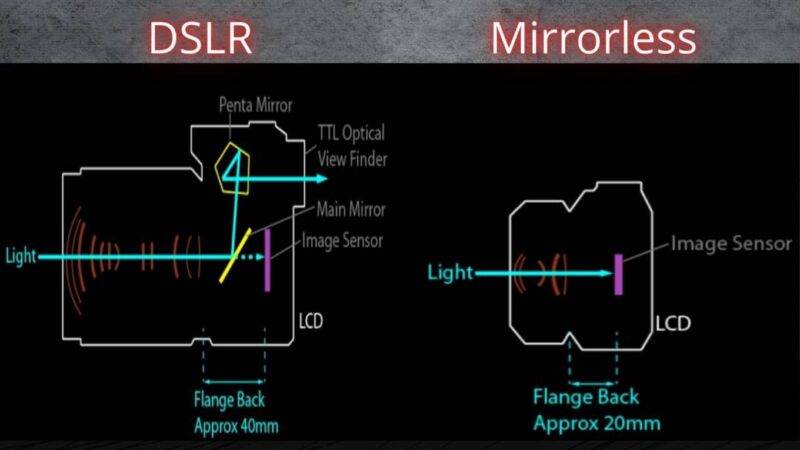
Why Mirrorless Cameras are Better than DSLR?
Smaller Size
Mirrorless cameras are smaller in size. this makes them easier to carry around. If you’re thinking of getting a mirrorless camera, you can rent a camera from Philadelphia Camera Rental to try it first and see if this camera is for you.
Lighter Weight
Removing the mirror and the pentaprism frees up a lot of space. This ultimately saves some weight and makes the mirrorless camera leaner.
Advantages of Mirrorless
The fact that mirrorless cameras don’t have a mirror system results in several advantages:
- Less Noise: No more mirror slap, just the click of the shutter is all you hear.
- Less Camera Shake: Unlike the mirror in a DSLR, the shutter by itself does not produce a lot of vibrations, resulting in less camera shake.
- No Movement of Air: Since there is nothing constantly moving inside the camera chamber, dust is less of an issue here.
- Easier to Clean: If dust does end up on the sensor, cleaning mirrorless cameras is easier than DSLRs. You do not need a fully charged battery to lock up the mirror – the sensor is exposed once you dismount the lens. Also, most mirrorless cameras do not have an opening under the mirror to house a phase detection sensor and other components, so there is very little chance for dust to circulate after the chamber + sensor is fully cleaned.
- Very Fast FPS Speed: Having no mirror means that the capture rate (fps) does not have to be limited by the mirror speed. This means that mirrorless cameras could potentially capture images at much faster frame rates than the 10-12 FPS we see today, with much less noise.
- Cheaper to Build and Support: Less moving parts translate to lower cost of manufacturing and support for the manufacturer.
- Live Preview: In case you messed up White Balance, Saturation or Contrast, you will see it in live preview – whether in the EVF or the LCD.
- Electronic Viewfinder: Now here comes the biggest strength of mirrorless cameras and the present + future innovation with it. Without a doubt, an EVF has huge advantages over OVF.
Mirrorless Camera Limitations
Mirrorless is better than DSLR in most aspects. But there are noteworthy limitations on a mirrorless system compared to a flagship DSLR camera.
EVF Lag
While some of the models are fast, some are relatively slow. The entry-level mirrorless cameras have considerable EVF lag that professional photographers dislike.
Continuous Autofocus / Subject Tracking
This is where DSLRs have the upper hand. Mirrorless cameras have a lot of room for improvement in this area. The top of the line flagship DSLR cameras has significantly faster continuous focus and subject tracking ability.
Battery Life
Mirrorless has lower battery life that results in fewer shots per charge. DSLRs give more than double that.
Conclusion
As technology evolves the DSLR cameras will become obsolete. This is only a matter of time. It may take another 10 or 15 years but it will eventually happen. In the meanwhile, you can switch to a mirrorless system. There are plenty of good mirrorless cameras now and you can’t go wrong with any of them. It is better to switch to the same brand as you will be able to use lenses using adaptors.
Best Mirrorless Cameras in 2021
- Nikon Z7
- Nikon Z50
- Sony Alpha 7 Mark II
- Canon M6
- Canon EOS R
- Fujifilm X-T30
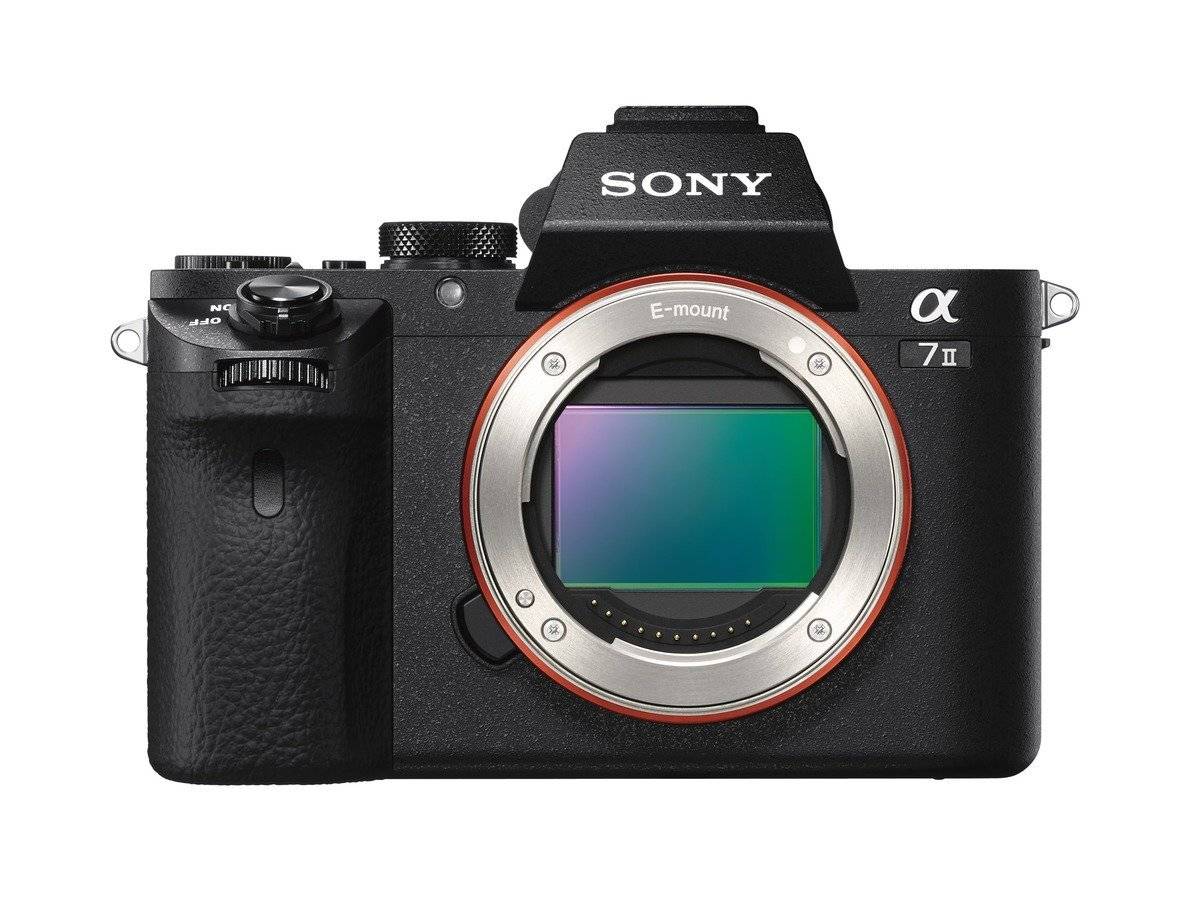
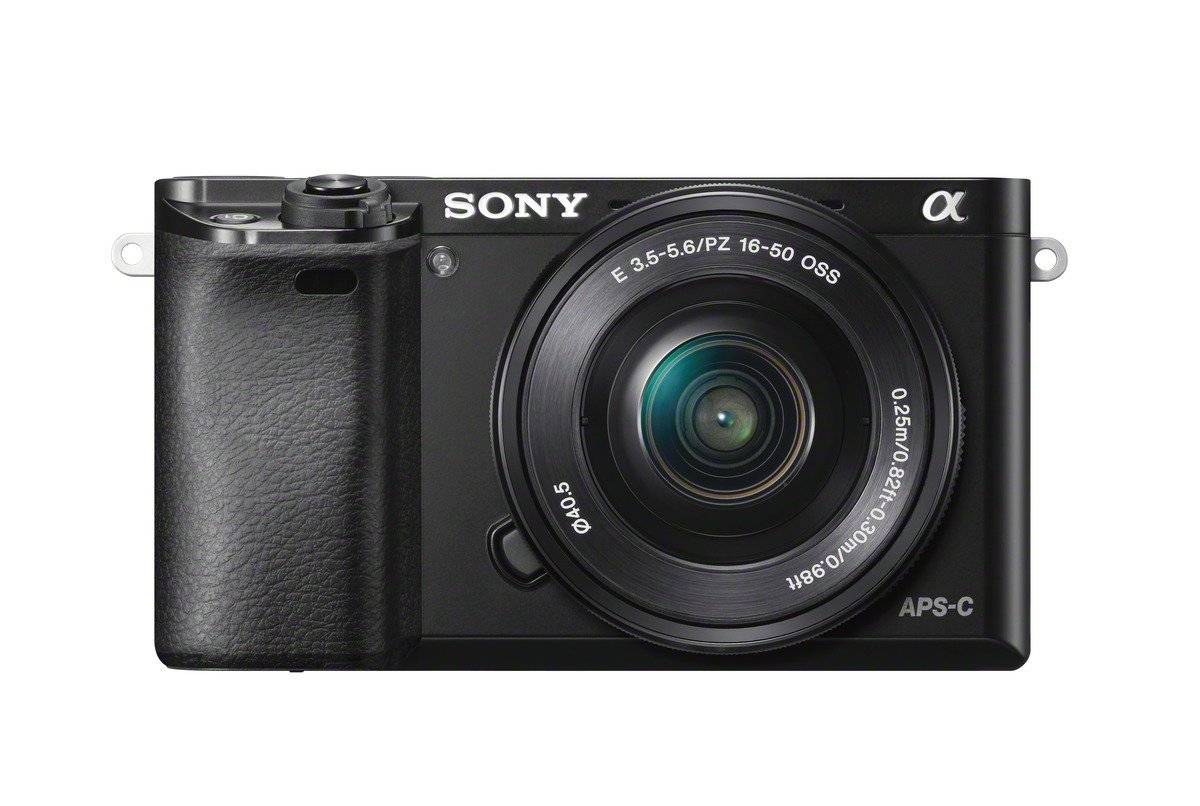
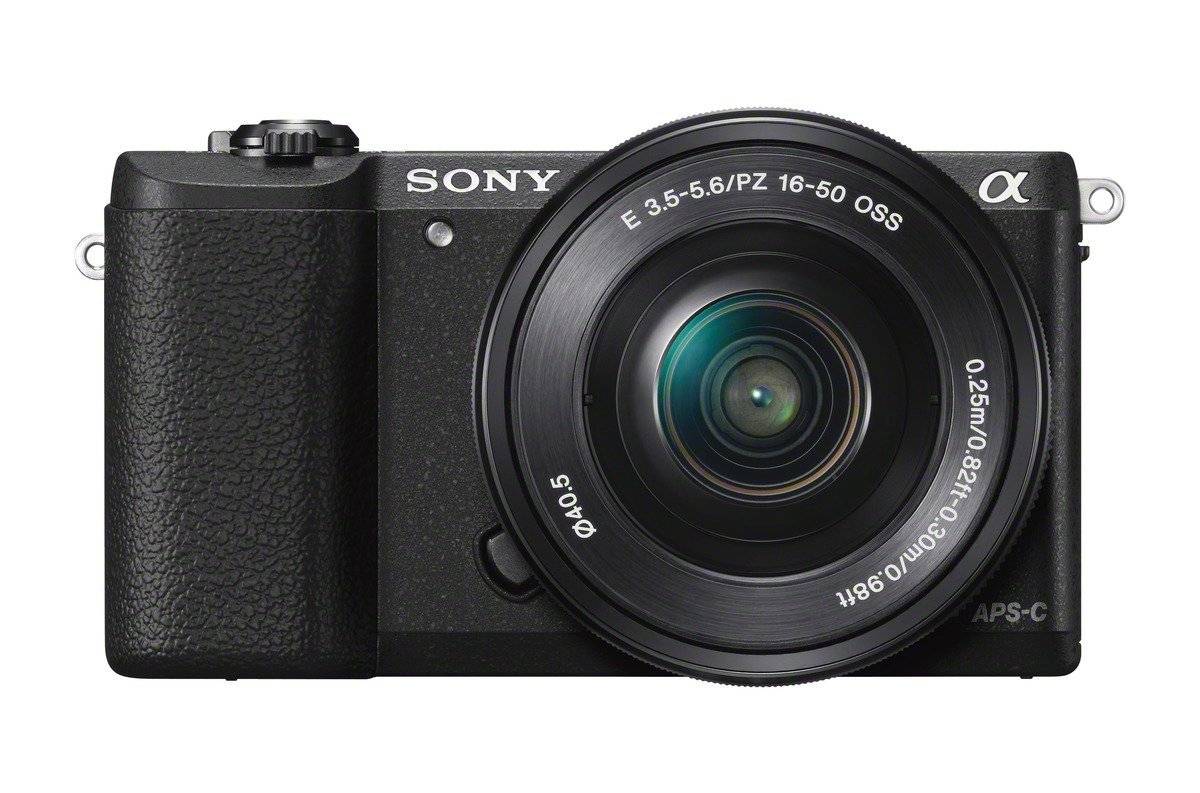
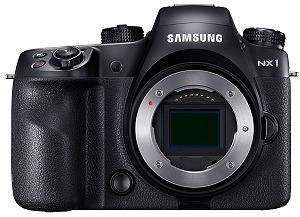
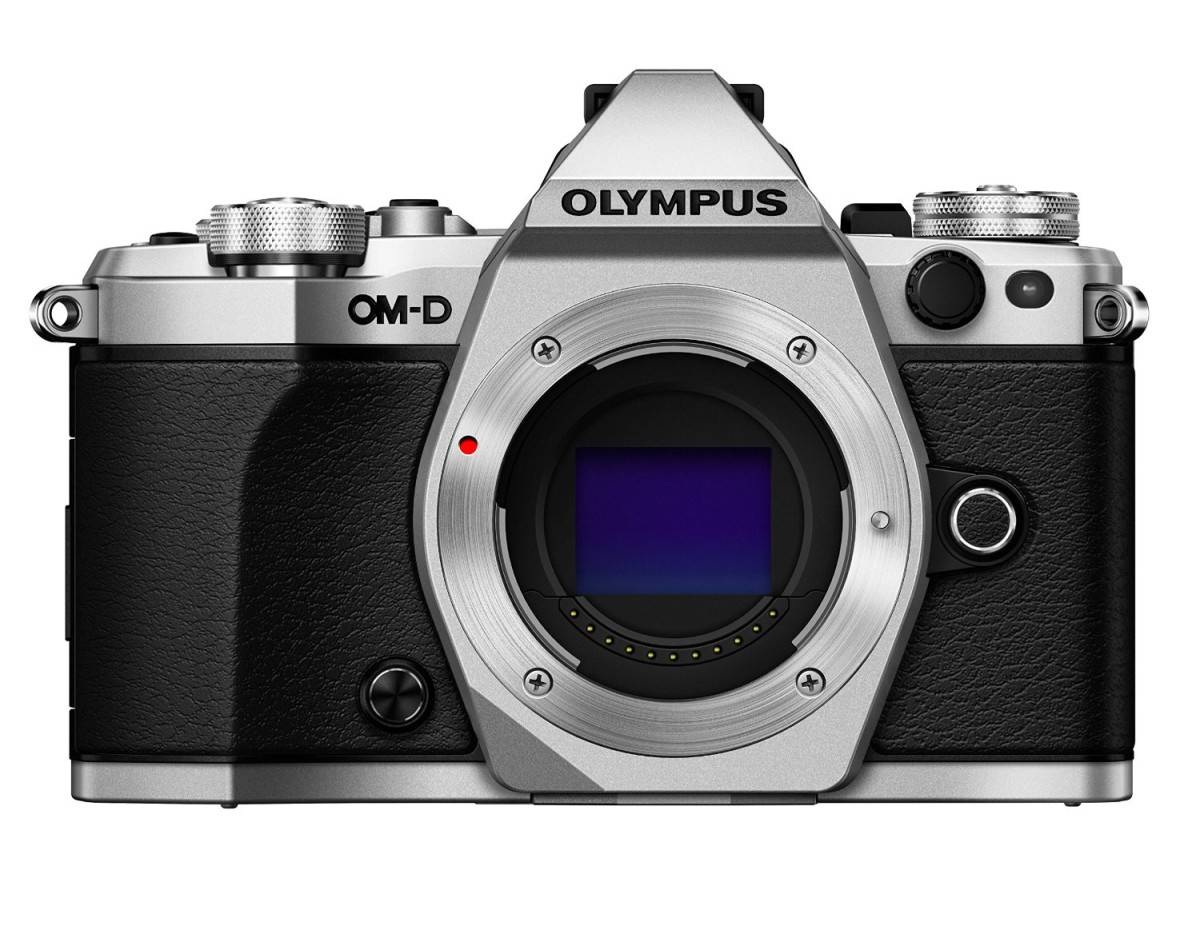
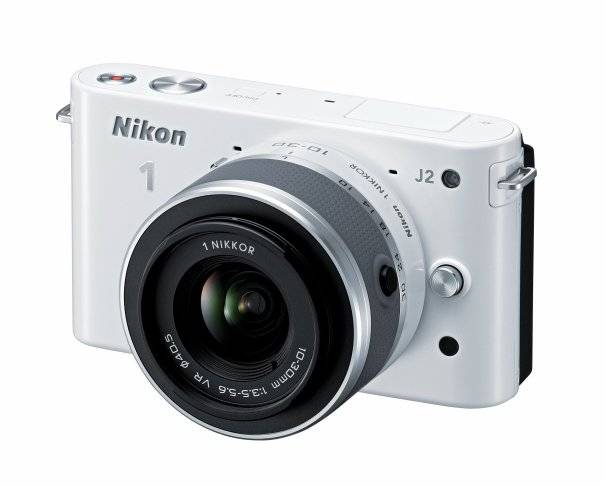
Wow! Not even 1 piece of Panasonic camera to compare, the maker of the very first mirrorless camera, the G1. And the author maybe never ever heared about GH4 as well. Nice!
(Not speaking about Fuji…)